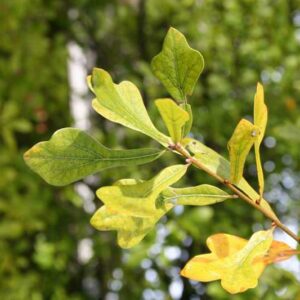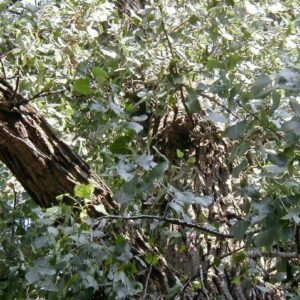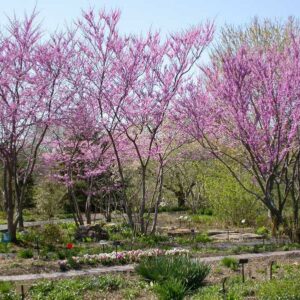Description
Type: Deciduous tree
Family: Fagaceae
Height: 80- 100+ feet
Spread: up to 50 feet
Native Range: south and south eastern North America, and southeastern corner of Missouri
Site Requirements:
Soil: adaptable
Water: medium
Sunlight needs: full sun
Tolerates: Occasional flooding
Landscape use: Large shade tree or street tree
Brief Description: A medium to large tree with a straight, branch-free trunk and an open, rounded crown. Leaves often have a drooping appearance. Turn reddish-brown in fall. Bark gray to black with scaly, narrow ridges similar to the bark of black cherry.
Wildlife Benefits: Acorns are a food source for wildlife.
Possible Problems: Cherrybark oak is generally considered to be a low-maintenance, long-lived tree. Oaks are susceptible to a large number of diseases, including oak wilt, chestnut blight, shoestring root rot, anthracnose, oak leaf blister, cankers, leaf spots and powdery mildew. Potential insect pests include scale, oak skeletonizer, leaf miner, galls, oak lace bugs, borers, caterpillars and nut weevils.
Stand out Features:
Read more here.





